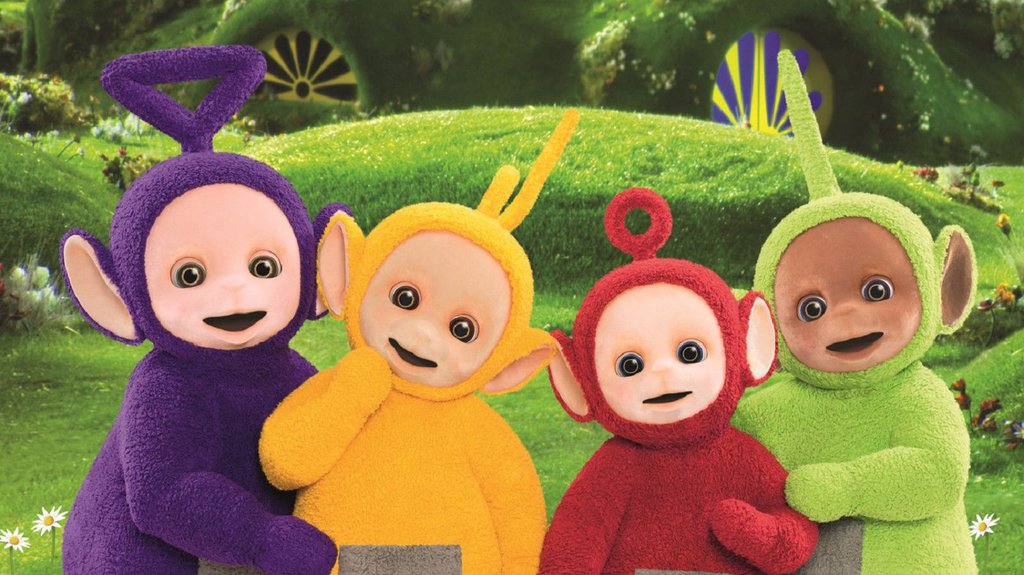The BBC Two kids’ TV show, Teletubbies, was incredibly popular in the 1990s. Many children grew up watching it. With that said, it had plenty of bizarre scenes. One particular episode was so creepy that it actually got banned. It was aired in 1997, and, by all accounts, it was far from the only absurd thing in the show. Scroll down to find out more about it.
A Weird Bunch of Characters

Before revealing the creepy Teletubbies episode, let’s focus on the characters of the show. The four main characters – Tinky-Winky, Dipsy, Laa Laa, and Po – along with Baby Sun, and the four’s anthropomorphic blue hoover, called Noo-Noo, constantly interact with one another in a psychedelic-style landscape. The show was filled with weird things that made no impression on kids back then. But not everything went under the radar.
One particular episode was considered so creepy it got banned. But what could these cute little creatures have done that led to the episode getting banned? Let’s find out. It was called “The Lion & the Bear” and raised alarm bells among many parents.
The Creepy Teletubbies Episode
With a mixture of scary music, creepy dialogue, and a dark tone, the Teletubbies episode was considered so inappropriate that parents united to ensure it gets banned. While the whole thing was kinda too absurd, one character was considered the “creepiest of them all.”

The episode starts with a cartoon lion with upsettingly staring eyes being wheeled over the landscape. It starts searching for a bear, saying that it’s a scary lion, and looks for a bear hiding somewhere.
After a few minutes, the elusive bear lets out a super eerie giggle, further frustrating the lion. When the two finally meet, the bear starts running (or getting wheeled) further away, enticing the lion to catch it. Both animals finally disappear, making some rather odd noises. Many parents feared the Teletubbies episode was inappropriate for its target audience – children from one to four years old.